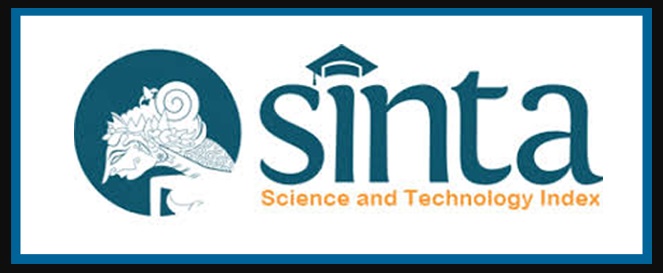Analisis Kesalahan Pelafalan Konsonan ん Dalam Ungkapan Aisatsu Siswa SMA
Keywords:
Aisatsu, pelafalan, konsonan NAbstract
Japanese language became one of the foreign languages that taught in high school. Many high school students are not familiar with Japanese language’s pronunciation. This creates obstacles experienced by high school students. Students who are just learning Japanese certainly have difficulty pronouncing a Japanese vocabulary. This study aims to explain what are the causes of the difficulties experienced by students of grade 10 MIPA 4 SMAN 7 Malang in reciting the consonant ん in the expression aisatsu and how to solve the problem. This research uses the qualitative descriptive method. The result of this study is the expression aisatsu containing the consonant ん the most difficult to pronounce is konbanwa. Then, the cause of students' difficulty in reciting the expression aisatsu containing the consonant, the most chosen is to already understand how to read it, but still hesitate when reciting it. Then, the solution used so as not to have difficulty in reciting the expression that is most chosen is to practice reciting Japanese expressions or vocabulary more.
References
A. Hadiyaini, “Analisis Kesalahan Pelafalan Bunyi Bahasa Jepang pada Penutur Bahasa Sunda,”
Tesis, Universitas Pendidikan Indonesia, Bandung, 2014.
D. Sutedi, “Dasar-Dasar Linguistik Bahasa Jepang,” Bandung: Humaniora Utama Press, 2019.
D. Pertiwi, “Analisis Kesalahan Pelafalan Konsonan ん pada Mahasiswa Tingkat I Kelas A
Angkatan 2015 Program Studi Pendidikan Bahasa Jepang Universitas Muhammadiyah
Yogyakarta,” Skripsi, Universitas Muhammadiyah Yogyakarta, Yogyaka, 2016.
M. Ferdiyan, “Analisis Kesalahan Hatsuon Bunyi “N” pada Mahasiswa Nihongo V Universitas
Negeri Jakarta,” Universitas Negeri Jakarta, Jakarta, 2020.
R. Karima, “Analisis Kemampuan Pembelajar Bahasa Jepang Dalam Pelafalan Konsonan Nasal N
(Hatsu’on),” Skripsi, Universitas Pendidikan Indonesia, Bandung, 2014.
Sudjianto and A. Dahidi, “Pengantar Linguistik Bahasa Jepang,” Jakarta: Kesaint Blanc, 2007.
Downloads
Published
Issue
Section
License
Copyright (c) 2022 Jurnal Pendidikan Bahasa Jepang Undiksha

This work is licensed under a Creative Commons Attribution-ShareAlike 4.0 International License.



